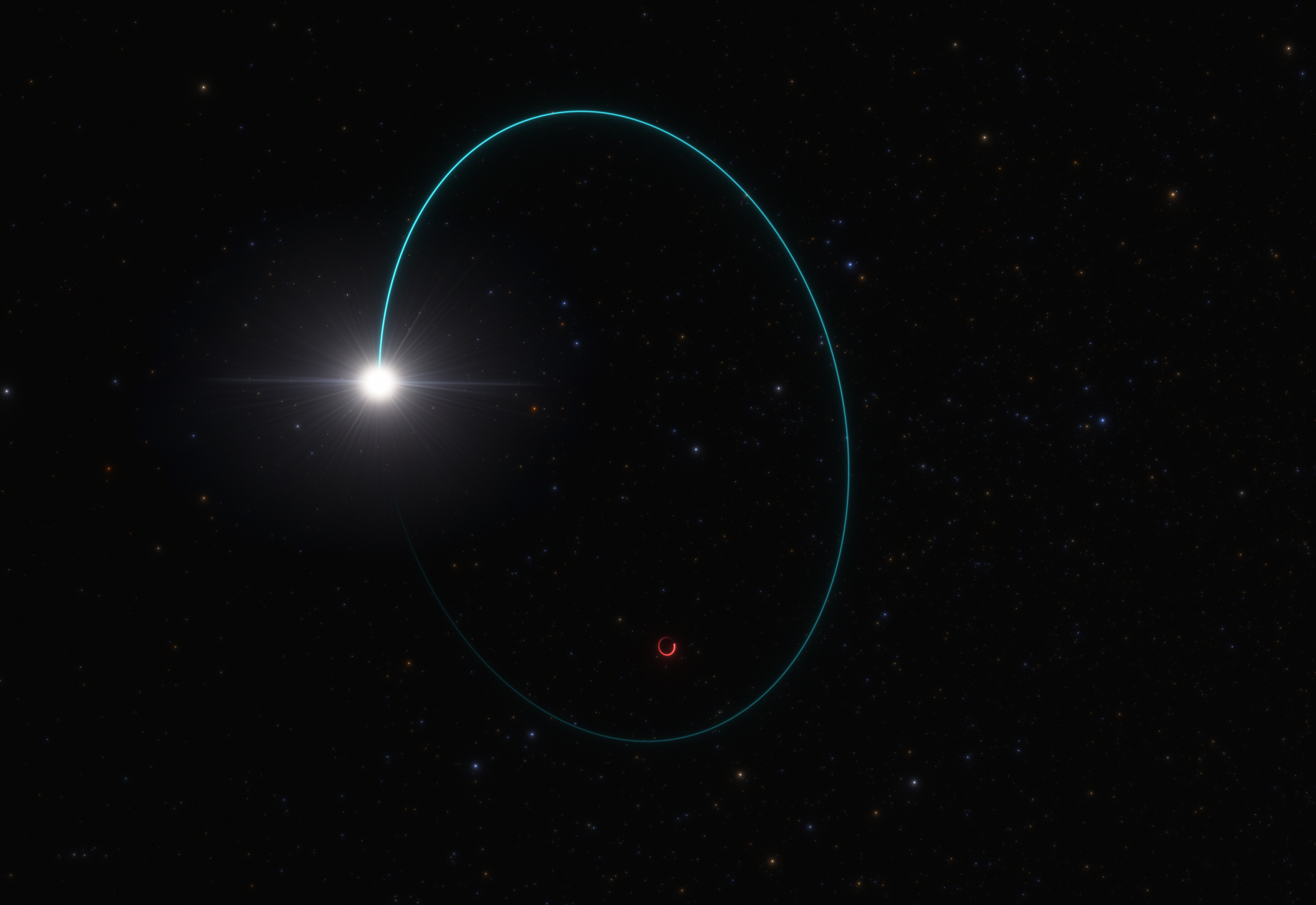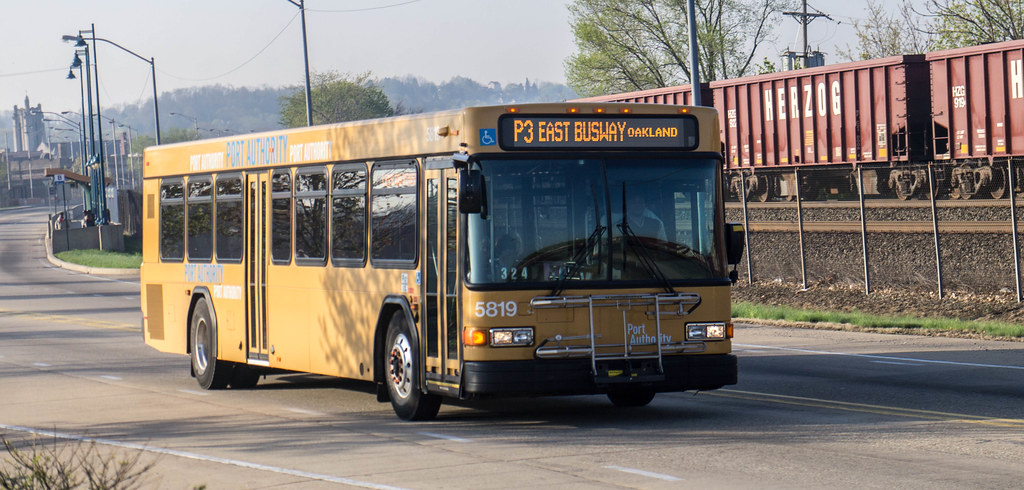
Looking to learn something, I flipped through The New Yorker, skipping my usual comics and arts and entertainment sections. A headline caught my eye: “What a Major Solar Storm Could Do To Our Planet,” written by Kathryn Schulz. The article explored solar storms and the potential fallout that they can bring to our systems through the lens of Ken Tegnell, a space weather forecaster, a job title “shared by no more than a few dozen Americans.”
Up until discovering this article, I was unaware of any sort of space weather, let alone the fact that there were people who forecast it. In Boulder, Colorado twelve forecasters analyze “real-time images of the sun.” Space weather was something that humans were unaware of until around the nineteenth century when it was observed that “the weather in outer space” posed a real threat to “certain technologies … central to our lives.”
Schulz introduces solar storms to readers and cites a 2019 survey conducted by the Federal Emergency Management Agency, which concluded that “only two natural hazards have the capacity to simultaneously affect the entire nation”: pandemics and severe solar storms.
What exactly are solar storms? The first storm noted to affect the United States took place in 1859. This storm led to the unusual appearance of the aurora borealis in “Havana, Panama, Rome, New York City … [and] the Rocky Mountains.” The solar storm causes telegraph systems to go haywire around the world. Another storm hit in 1921, bringing lights to Texas and Samoa as well as similar electrical issues.
As technology evolved, so did the issues that solar storms caused. The storms have caused “radio circuits [to fall] silent,” transmission lines to go down, jammed radars, and even instances in the military which led to the simultaneous detonation of 4,000 mines in waters outside North Vietnamese seaports during the Vietnam War.
Schulz explained that solar activity “goes from infrequent (solar minimum) to frequent (solar maximum).” According to the article, we “are currently headed towards solar maximum … expected to peak sometime between now and 2025.” While there is the chance of the maximum passing by without an event, there is also a chance for a powerful storm to take place and potentially damage satellites, and power grids, which would affect nearly every facet of human life, including communications and national security.
While the chances of a solar storm occurring and causing major damage between now and 2025 are low, the possibility still stands. What exactly would happen during one of these storms? Would post-storm life revert back to the times of letter-writing and reliance on the postal service to communicate? What about our lives that are almost entirely backed up through devices? The article was eye-opening to the lack of security that technology provides for us and all of the things we entrust to these systems. We rely so heavily on technology on a daily basis. Rather than thinking of medical and security implications, I got to thinking about my iPhone — all of my videos, photos, and contacts — and how maybe the hipsters got it right when they started leaning into analog media.
In 2009, a hurricane wiped out many of my baby photos from the family computer. My brother, however — who was a baby when photos were printed and scrapbooked — has a plethora of pictures from his childhood. Technology is riddled with risk. The notion of a solar storm wiping out or damaging files only highlights the already-present danger of preserving our memories through digital means.
What are the implications of switching to analog technology? Chemicals from vinyl and film are harmful to the environment and are unsustainable for widespread use. If we use analog media to the extent that we use digital technologies, new issues will prevail. The solution would be to reevaluate the way we pick and choose to preserve things like pictures, videos, and music. Wim Wender’s Oscar-nominated 2023 film “Perfect Days” shows the main character repeatedly using his disposable camera to capture moments that he saw as special. Maybe a switch to analog media would make us more mindful of living in the moment rather than living to share the moment in its immediacy.
We don’t need a solar storm or technological apocalypse to implement practices of mindful media usage and preservation. It is scary to imagine losing the ability to communicate with people when we have become so reliant on technology to connect or access information and memories. Maybe we need to reconsider the ways we connect with each other socially.
A solar storm, while disastrous and life-threatening when you think about it in the fullest sense of its terrifying implications, would be really nice in the sense that the “talking stage” would essentially become a nonissue as we are faced — cold turkey — with the inability to be chronically online. We don’t need a global disaster to inspire change. Let’s start with making scrapbooks, reviving cassette mixtapes, and being fully present in our lives and interactions with each other. Use the threat of solar storms to buy those now-impractical vinyl records and experiment with those film cameras. If we are hit with a big solar storm, the hipsters and pretentious nerds can all have a big laugh and tell us that they told us so.






Leave a Reply